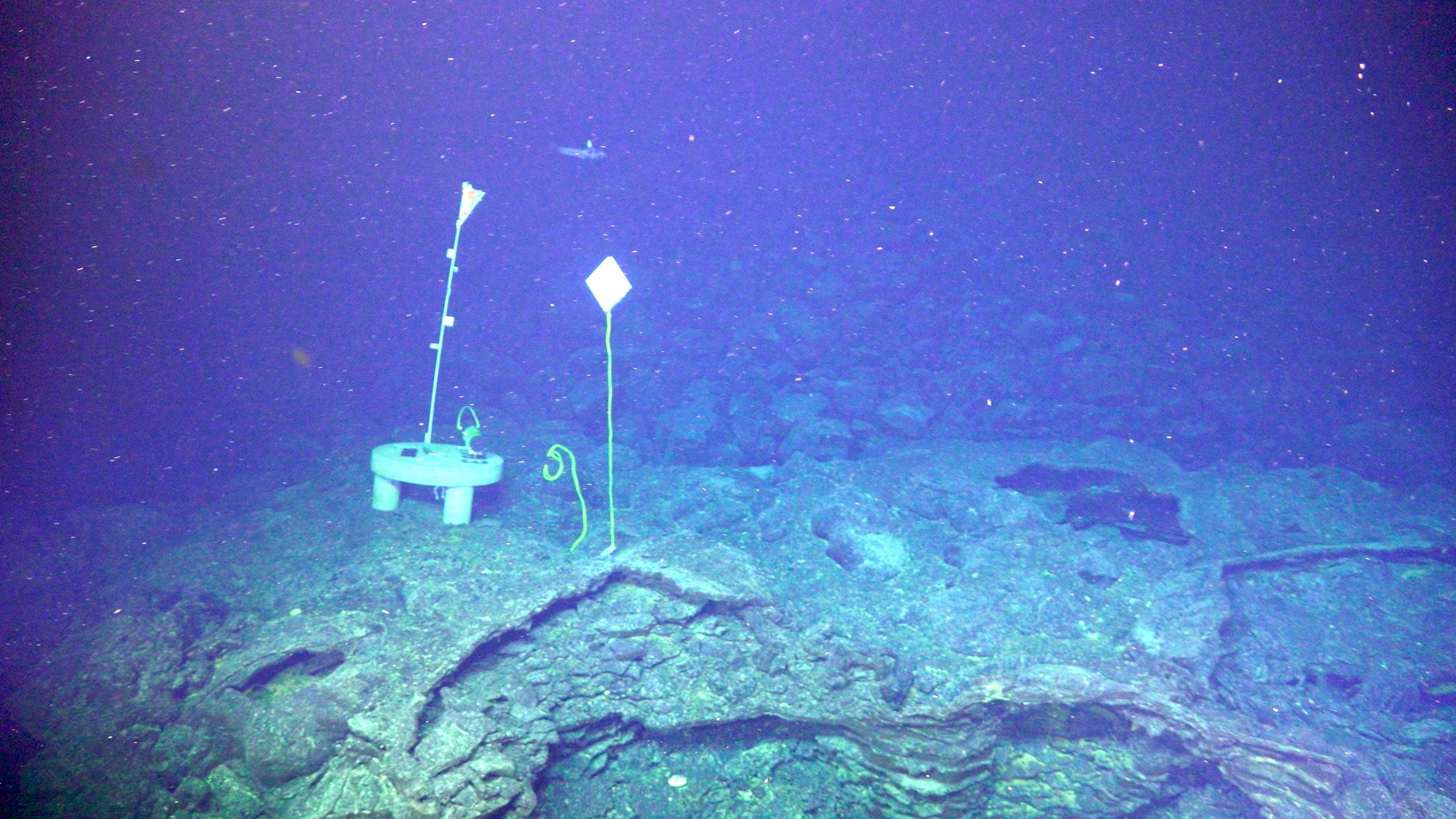In Photos: The Vanishing Glaciers of Europe's Alps
Gorner, going, gone
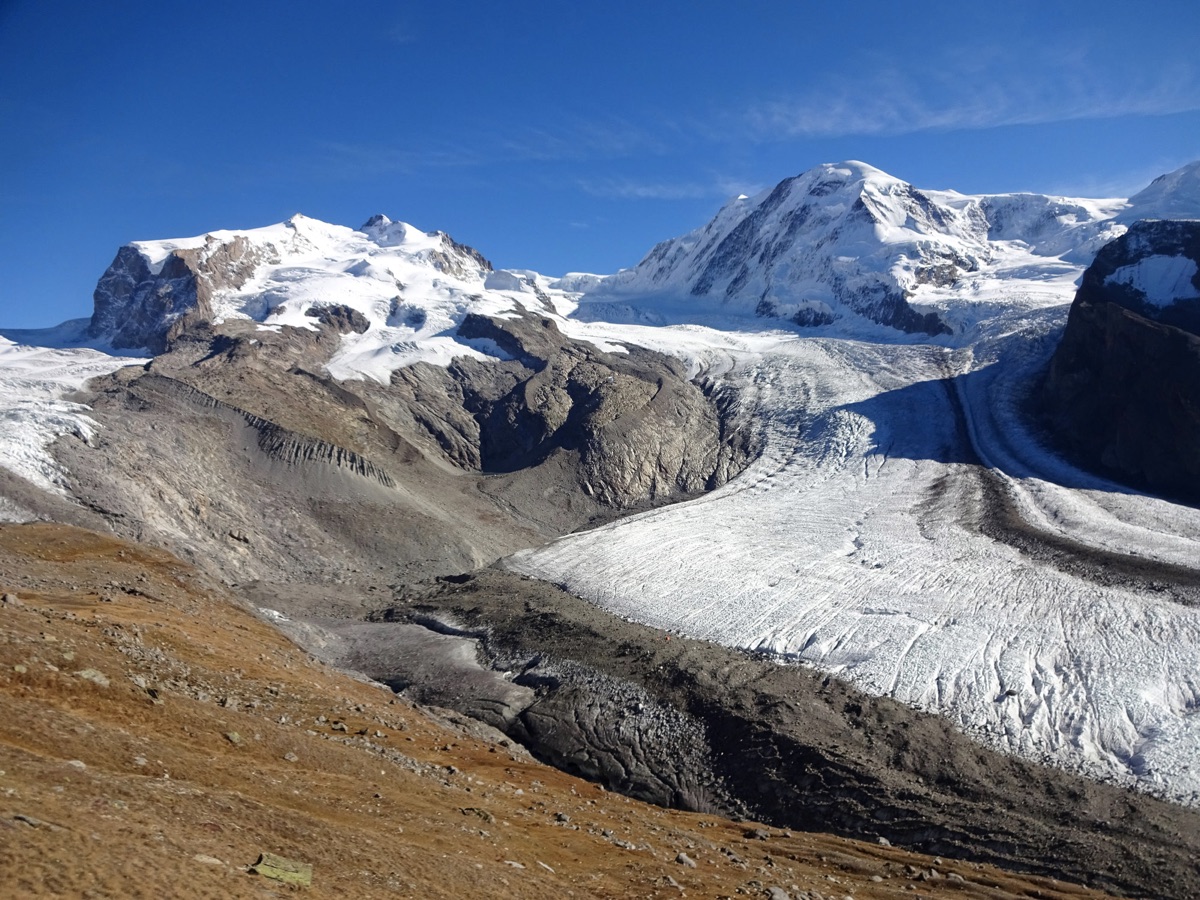
Gorner glacier, located near the Swiss border with Italy in the Monte Rosa massif, is the second largest glacier of the European Alps. This photo was taken in 2017. A group of scientists in Switzerland has predicted that Alpine glaciers like this one could be reduced to a few patches of ice by 2100 due to global warming. [Read more about the vanishing glaciers]
Running water
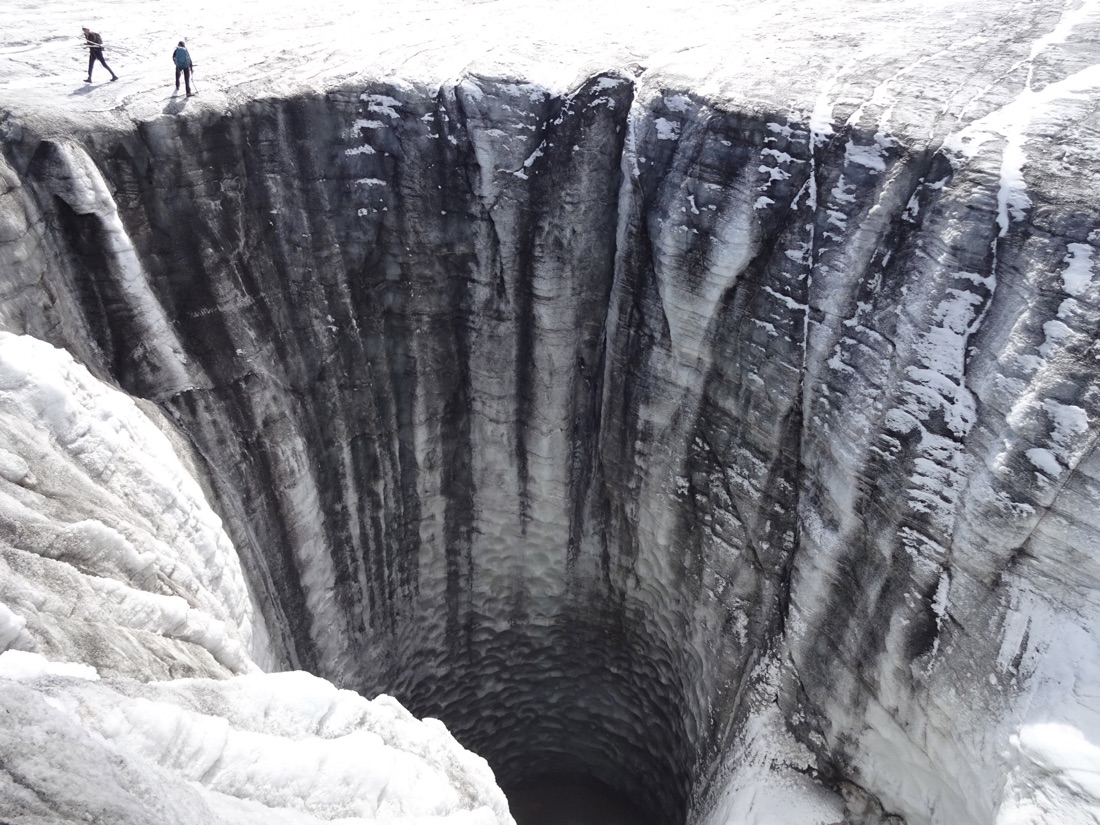
Water runs through this large moulin on Plaine Morte glacier during the annual drainage of an ice-dammed lake. The shrinking glaciers could have implications for water resources, hydroelectric power and tourism in the region.
Melting the Alps
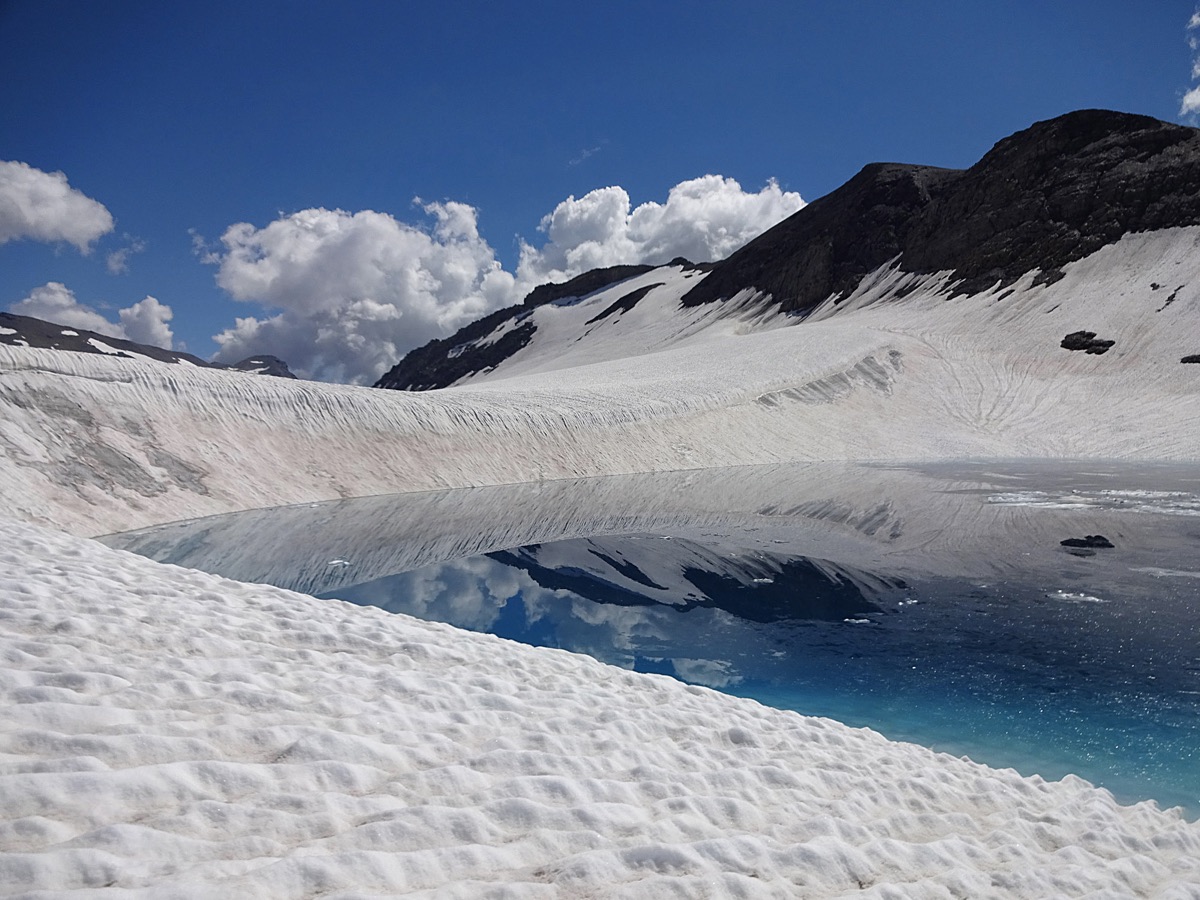
New climate models have shown that if little is done to curb carbon emissions and slow global warming, about 95% of the ice volume of the glaciers in the European Alps will be lost by the end of the century. Even if warming is limited to 3.6 degrees Fahrenheit (2 degrees Celsius), about two-thirds of the ice will vanish. Shown here is the Plaine Morte glacier, the largest plateau glacier in the European Alps.
Blanketing ice
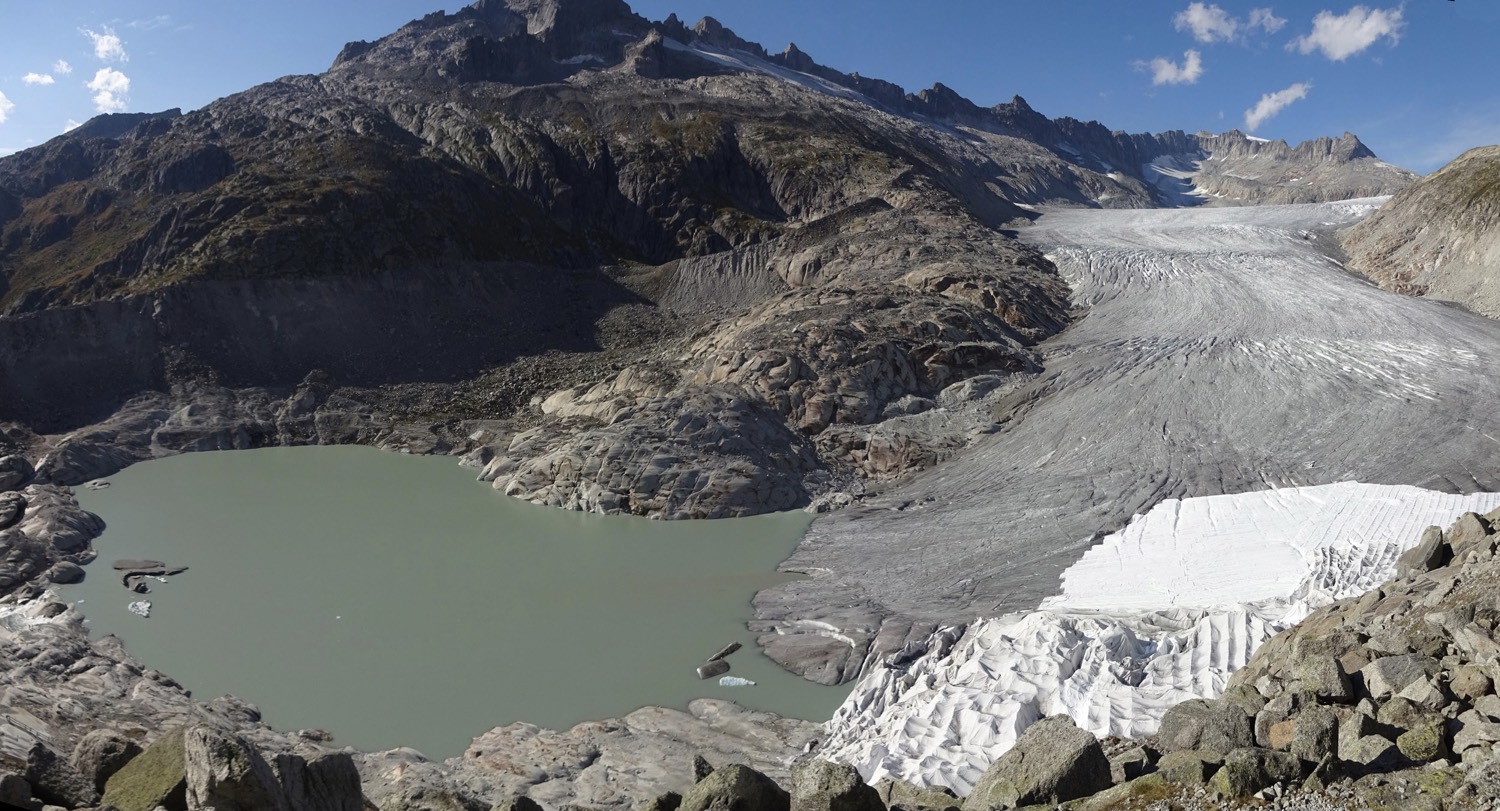
During the last ice age, Rhône glacier, shown here, was the largest glacier of the European Alps, covering much of Switzerland. Since 1856, the ice has retreated 4,600 feet (1,400 meters). To better reflect the sunlight and slow the melting, white blankets (seen at the edge of the glacier) are sometimes draped over the ice.
Pizol glacier
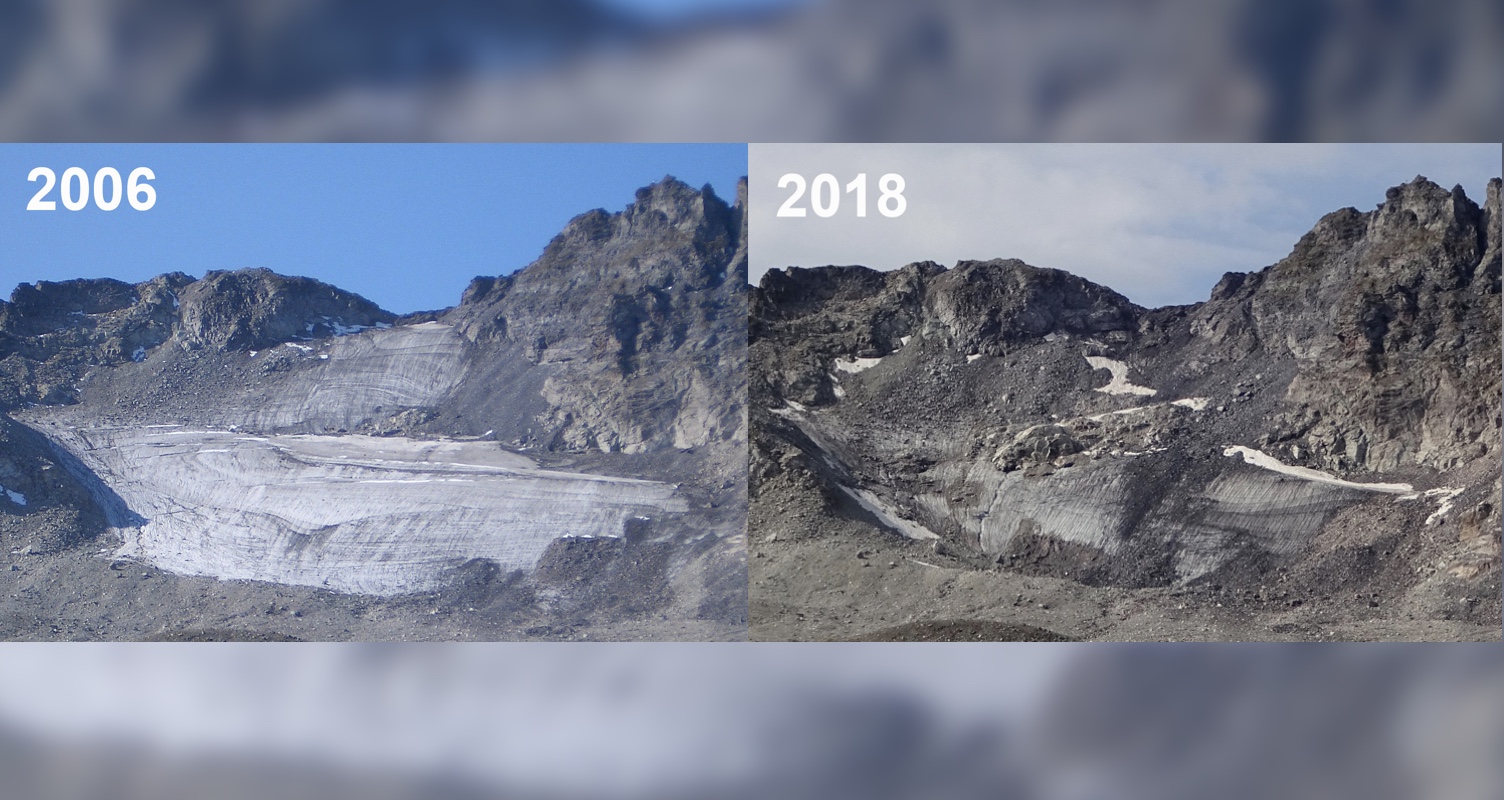
Pizol glacier, in northeastern Switzerland, is likely to disappear in the near future. Swiss scientists have predicted that half of the ice volume of glaciers in the Alps will disappear by 2050, regardless of how carbon emissions change over the next several decades.
Findel glacier
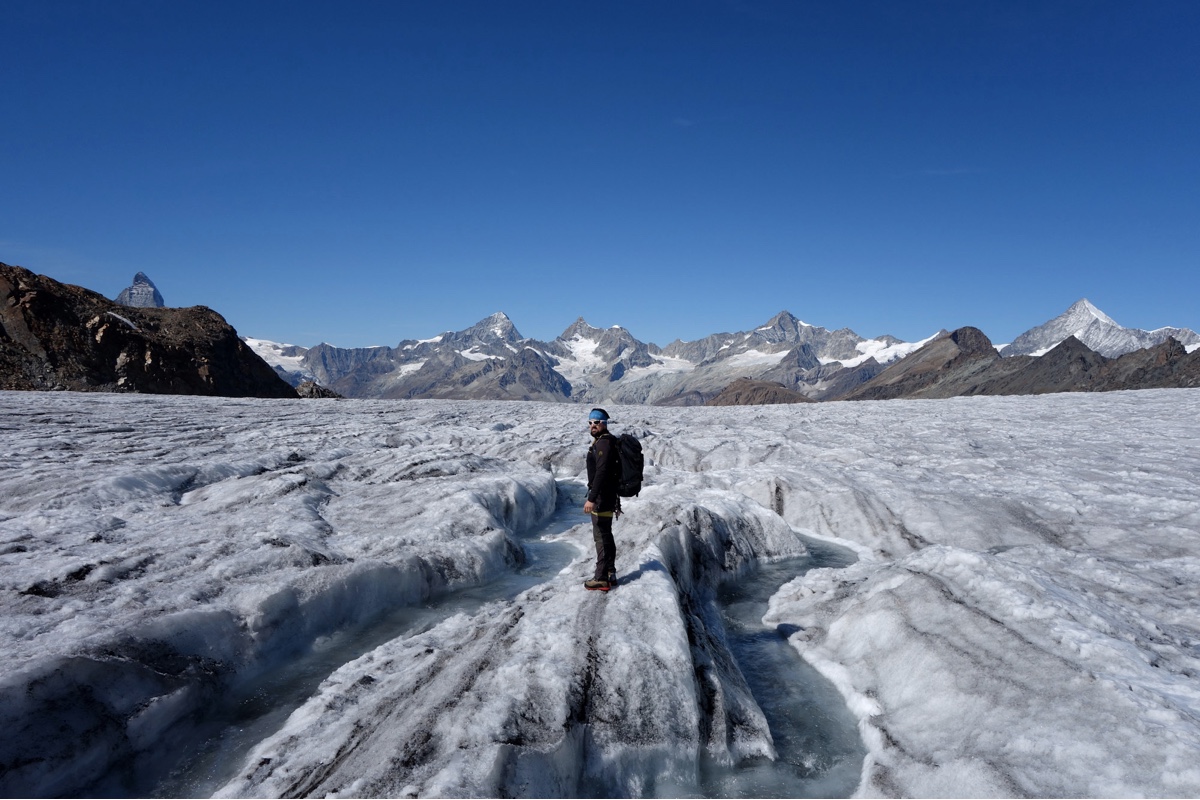
Findel glacier, located in the Monte Rosa massif, ends at an altitude of about 8,200 feet (2,500 m). Researchers have estimated that even under an intermediate global warming scenario, there will be no more glaciers at all below 8,200 feet in the Alps by 2100.
Aletsch glacier
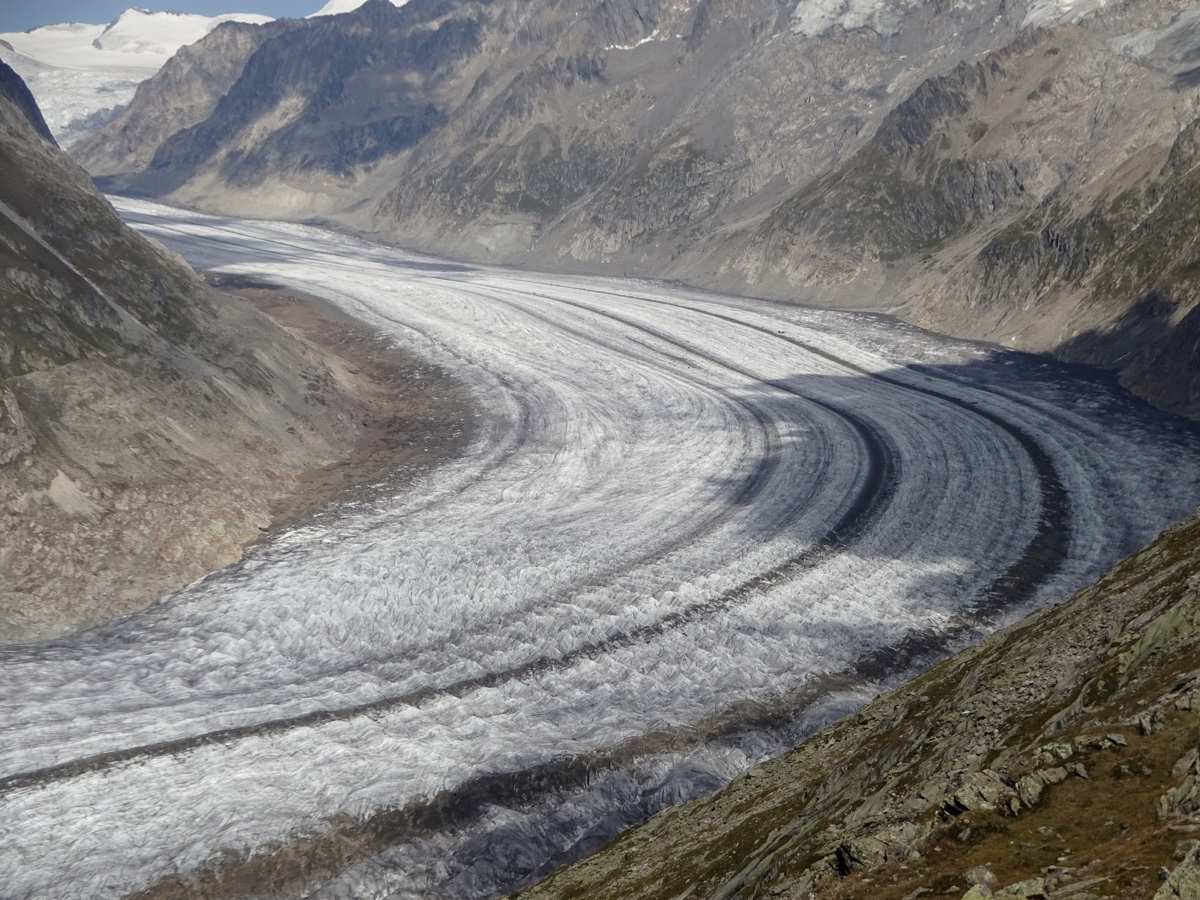
In 2017, the nearly 4,000 individual glaciers had a total volume of about 24 cubic miles (100 cubic kilometers). The Aletsch glacier, shown here, is the largest glacier in the European Alps with an estimated volume of about 2.8 cubic miles (12 cubic kilometers).
Get the world’s most fascinating discoveries delivered straight to your inbox.

